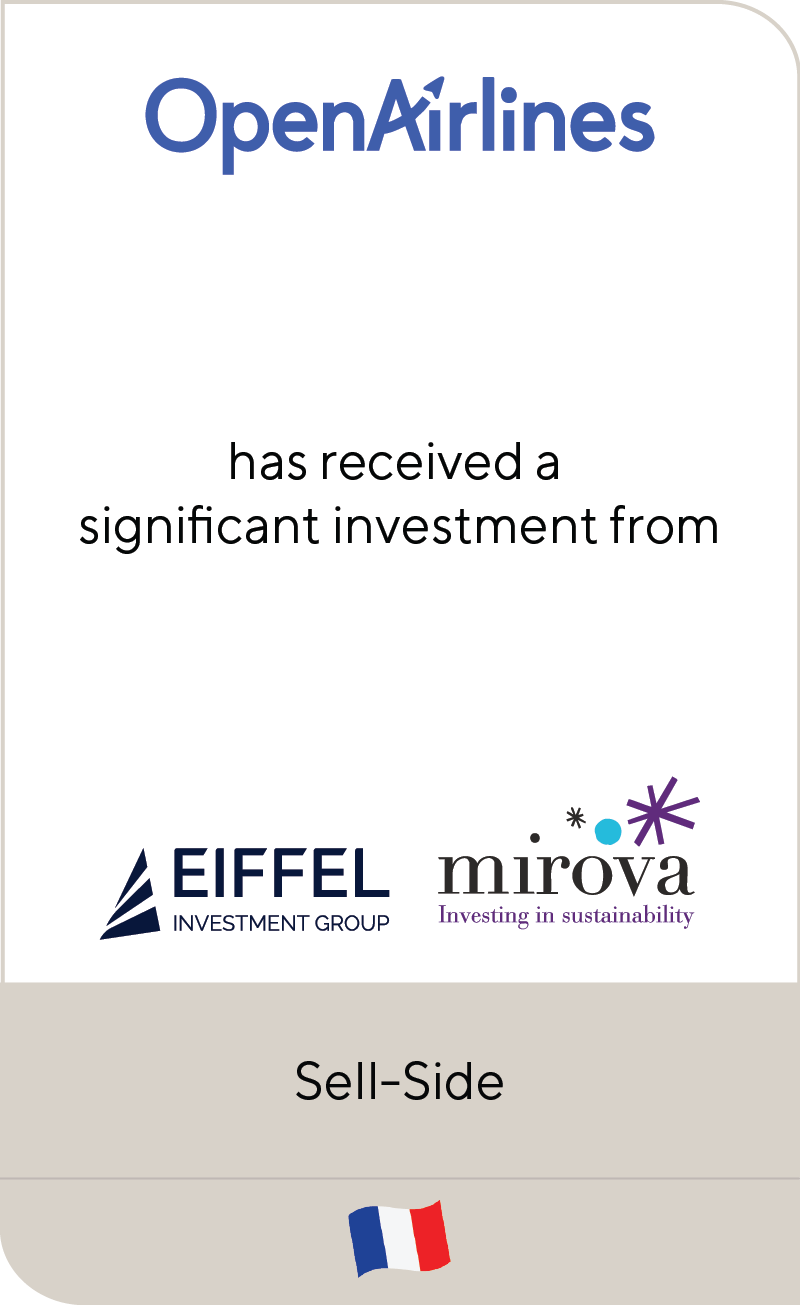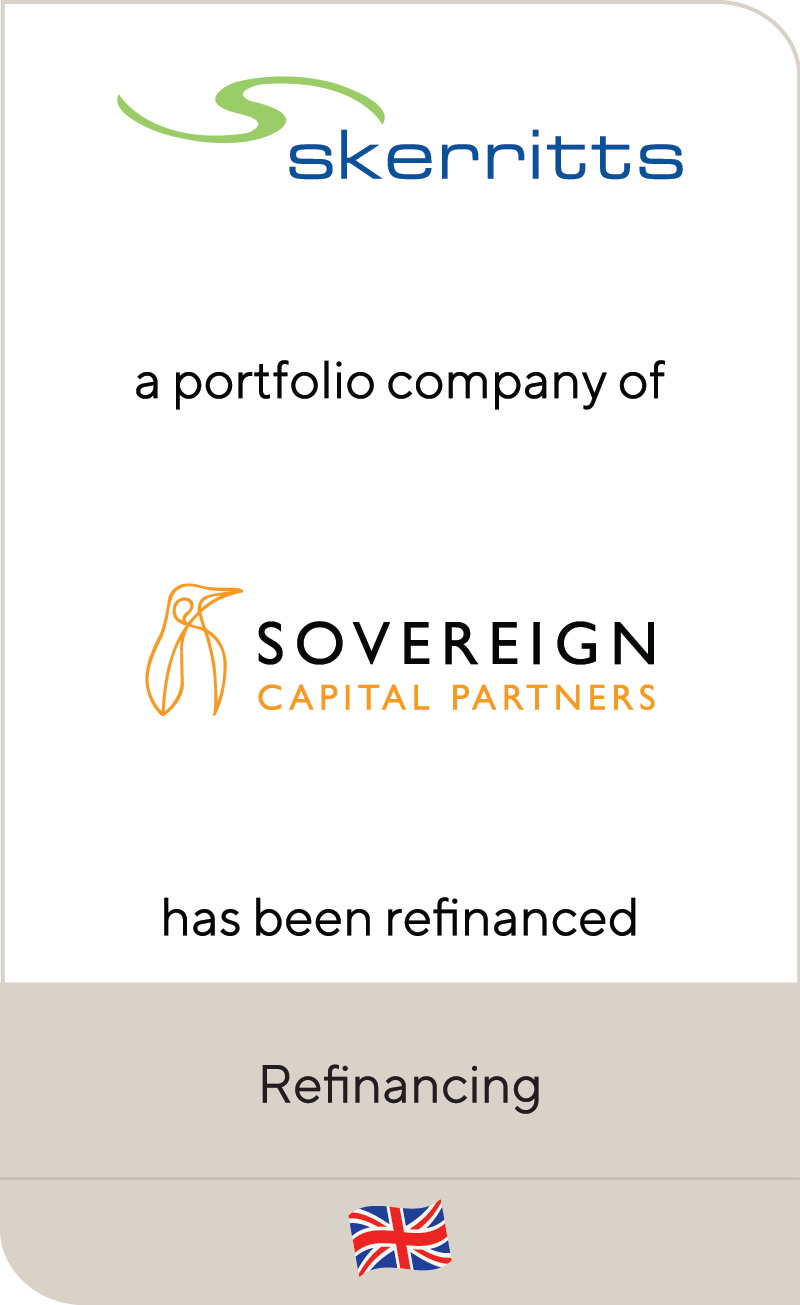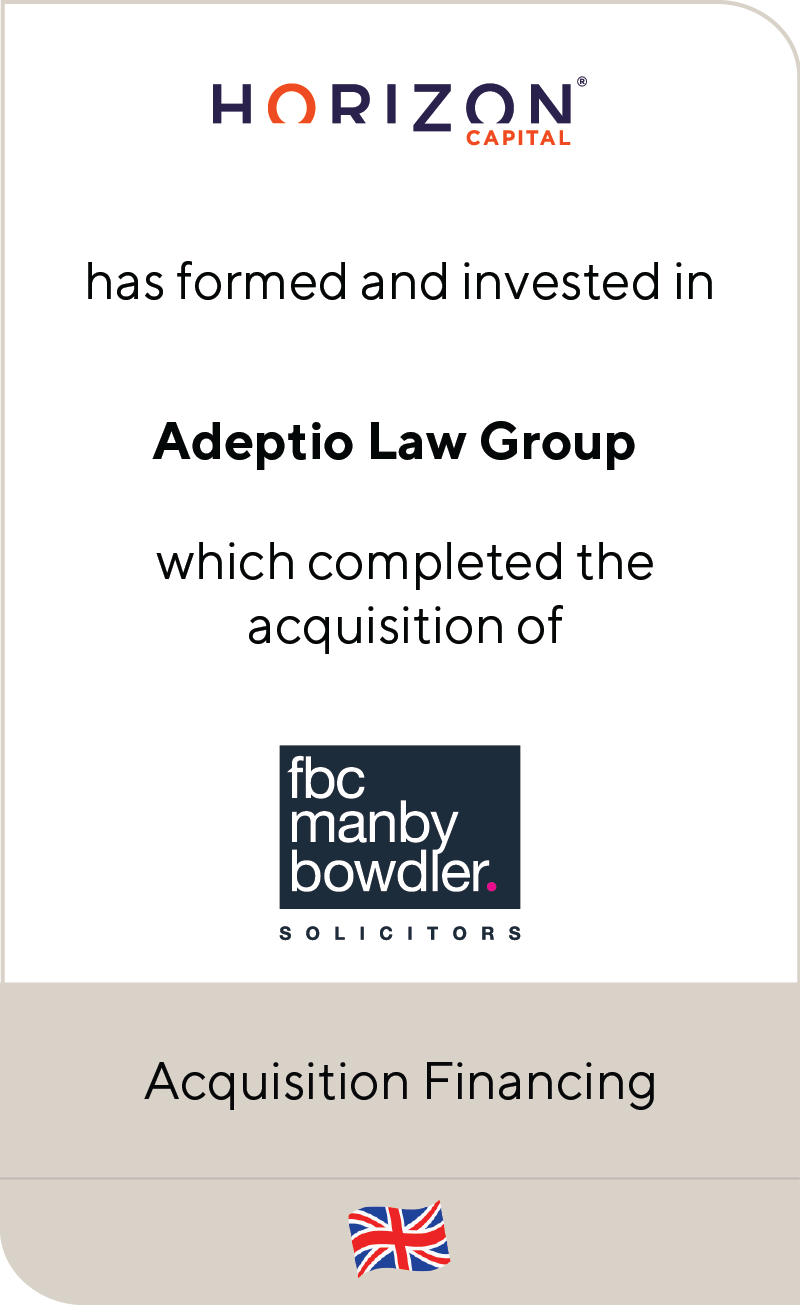Business Leaders Adjust Investment Strategy in Light of CO2 Emissions Standards
Mar 2022
| As governments and company stakeholders continue to increase their focus on reducing emissions, the shift from fossil fuels to green energy is shaking up almost every sector—resulting in energy efficiency strategies and alternative fuels for many businesses. Large institutional investors are seeing an opportunity within this shift, creating new investment strategies, driving increased demand for environmental, social and governance (ESG) performance metrics and seeking long-term investment value. New ESG rating providers have emerged to measure environmental performance, climate risk mitigation and renewable energy use, aiming to enable broader comparability across companies.
Recently, BlackRock announced it has raised $673 million for the Climate Finance Partnership, a new infrastructure fund dedicated to projects addressing climate change in emerging markets. Larry Fink, Chief Executive Officer (CEO) of BlackRock, reemphasized in a 2021 annual letter to CEOs that actions towards sustainable investing and decarbonization continue to accelerate. This is just one example of major asset managers adjusting their capital allocation strategy to align with goals to reduce carbon emissions. As C-suite leaders and portfolio managers work to comply with evolving regulations and set themselves up for successful future growth, the impact of carbon on business valuations as well as corporate investment and divestment strategies become new areas of focus. |
Summary
-
Lincoln International has identified paths businesses are taking to decrease their carbon footprint in an overall effort to transform their activities.
- Click here to download a printable version of this perspective.
- Sign up to receive Lincoln's perspectives
CO2 Regulatory Frameworks Evolve Globally
On the heels of the Paris Climate Agreement and the Green Deal, governments around the world are implementing standards to take steps toward lower CO2 emissions.
In Europe, the European Green Deal is setting the blueprint for this transformational change as European business leaders work toward zero net emissions of greenhouse gases by 2050. While emission allowances differ region to region, the European Union Emissions Trading System (EU ETS) has reduced CO2 emissions by more than 1 billion tons between 2008 and 2016.
The EU ETS “cap and trade” principle sets a maximum total green gas emission limit for participating installations. Allowances for emissions are allocated and traded, forcing installations that exceed their cap to purchase allowances from others. The system has created a cost-effective manner of reducing emissions without significant government oversight. Similarly, Canadian leaders have implemented a similar system, following the EU’s path.
In the U.S., regulations on CO2 emissions are present but have yet to evolve to the extent of European standards. Increasingly stringent regulations are expected to be on the horizon for the U.S. markets, with the Biden administration’s infrastructure plan that passed in November 2021 proposing tax incentives for emission reduction.
Though CO2 emissions can be tied to companies across sectors, industrials businesses face specific challenges in compliance with evolving emissions standards—iron, steel, refineries and cement businesses in particular are under pressure in the EU. Moreover, as supply chain challenges impact global CO2 supplies, companies are facing gauging prices that are not sustainable for all purchasers in the longer-term.
Lincoln PerspectiveAs C-suite leaders and portfolio managers assess the effect of carbon emissions standards on their investment strategy, it is critical to acknowledge the impact on businesses’ profitability and cash flows. As carbon prices are increasing substantially and continuously, companies will reach the limit of costs that can be passed on to their end customers. On a macro scale, companies that do not pursue decarbonization in the mid to long term may not survive, raising opportunities for consolidation in different sectors. Lincoln has identified paths businesses are taking to decrease their carbon footprint in an overall effort to transform their activities:
|
Contributors

Communication and critical thinking are paramount to meeting the needs of my clients both today and in their future.
Richard Olson
Managing Director & Head of Valuations, Europe
LondonMeet Professionals with Complementary Expertise

I am a rigorous advocate for my clients with a hands-on, communicative approach, focused on delivering intense advocacy and outlier results.
Sean Bennis
Managing Director & Co-head of Industrials
Chicago
I enjoy leading clients and realizing their objectives, while structuring solutions to issues that are both intriguing and challenging.
Øyvind Bjordal
Managing Director | Head of Switzerland
Zurich
My goal is to inspire and motivate our people to make a true impact with their clients, their colleagues and their communities.
Robert Brown
CEO | Managing Director | GP-Director
Chicago
Building long-term relationships is key for me personally – I want to be the advisor of trust for my clients.
Dr. Michael Drill
Managing Director | Head of Germany
Frankfurt















